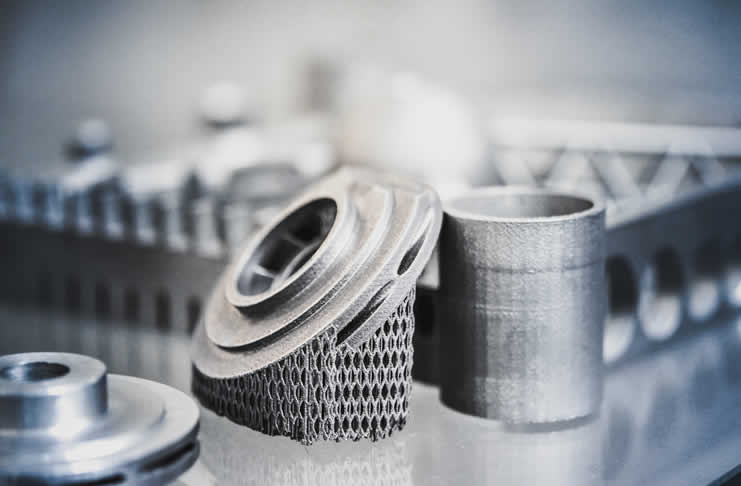Image source: Google
3D printing has revolutionized the way we create prototypes, products, and designs. Selective Laser Sintering (SLS) is a popular 3D printing technology that offers a wide range of possibilities for various industries. From aerospace to healthcare, SLS 3D printing services provide innovative solutions that push the boundaries of traditional manufacturing. Let's delve into the limitless possibilities of SLS 3D printing services and how they are transforming the way we design and produce objects.
The Advantages of SLS 3D Printing
High Precision and Detail
- SLS 3D printing can produce intricate designs with high precision and detail, making it ideal for creating complex geometries.
- The laser sintering process allows for layer-by-layer construction, ensuring accurate and consistent results.
Wide Range of Materials
- SLS 3D printing supports a variety of materials, including nylon, thermoplastic elastomer, and glass-filled polyamide.
- This versatility in materials enables the production of functional prototypes and end-use parts with different properties and characteristics.
No Support Structures Needed
- Unlike other 3D printing technologies, SLS does not require support structures during the printing process.
- This eliminates the need for manual post-processing and reduces material wastage, making it a cost-effective and efficient manufacturing method.
Applications of SLS 3D Printing
Aerospace Industry
- SLS 3D printing is widely used in the aerospace industry to produce lightweight and complex parts for aircraft and spacecraft.
- The ability to create optimized designs with intricate internal structures helps reduce weight and improve fuel efficiency.
Medical Field
- In the medical field, SLS 3D printing is utilized to create customized implants, prosthetics, and surgical guides.
- Precise and patient-specific medical devices can be produced quickly and cost-effectively, improving patient outcomes and healthcare delivery.
Automotive Sector
- Automotive manufacturers leverage SLS 3D printing to prototype new vehicle designs, produce spare parts, and optimize performance components.
- The ability to iterate designs rapidly and test functional prototypes accelerates the product development cycle and reduces time-to-market.
Future Innovations in SLS 3D Printing
Multi-Material Printing
- Researchers and engineers are exploring the potential of multi-material SLS 3D printing, which would enable the fabrication of objects with varying properties in a single print run.
- This advancement could lead to the creation of hybrid materials with customized functionalities, opening up new avenues for product design and development.
Improved Surface Finish
- Ongoing efforts are focused on enhancing the surface finish of SLS 3D printed parts to achieve smoother textures and finer details.
- By refining post-processing techniques and material formulations, manufacturers aim to meet the aesthetic requirements of diverse industries, such as consumer goods and electronics.
Scaling Production Capabilities
- As SLS 3D printing technology advances, there is a growing emphasis on scaling production capabilities to meet the demands of mass manufacturing.
- By increasing print speeds, optimizing build volumes, and streamlining workflows, manufacturers can transition from prototyping to full-scale production with SLS technology.
In conclusion, SLS 3D printing services offer a world of possibilities for innovation, customization, and efficiency across various industries. The advantages of high precision, diverse materials, and support-free printing make SLS an attractive choice for businesses seeking to transform their design and manufacturing processes. As researchers continue to push the boundaries of SLS technology, we can expect to see even more exciting developments and applications in the near future. Embracing the limitless possibilities of SLS 3D printing services can unlock new opportunities for creativity and success in the ever-evolving world of additive manufacturing.
